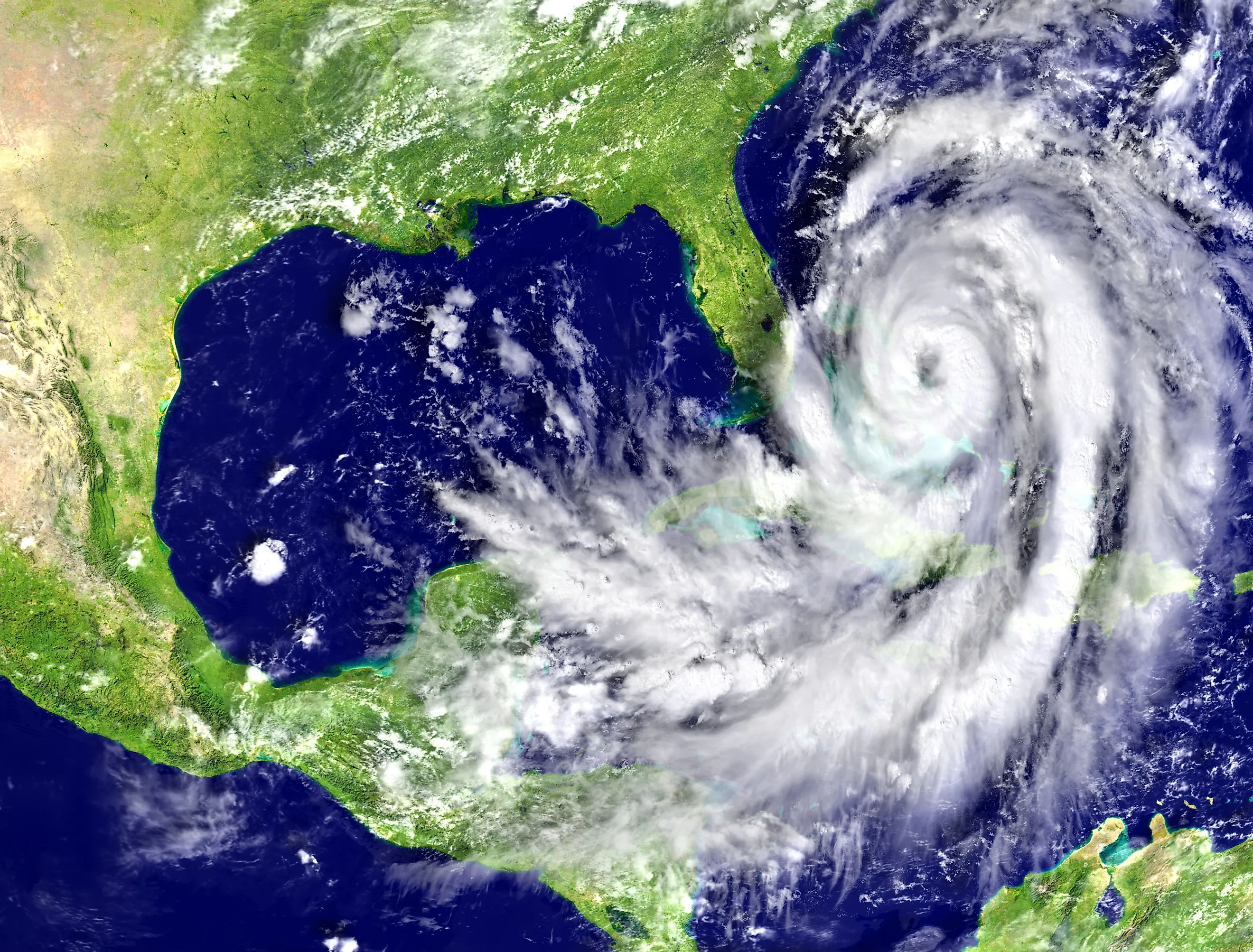
5 Worst Hurricanes To Hit Florida
Hurricanes are a part of life in Florida. Floridians have to deal with them every year, sometimes more than once. And each time, the wonderful people in Florida hold their breath and hope that it isn't as bad as the last one. While all hurricanes are devastating in their own way, some have been worse than others. So today, we're taking a look at the worst hurricanes to ever hit Florida. Brace yourselves...this might not be pretty!
“Labor Day” (1935)
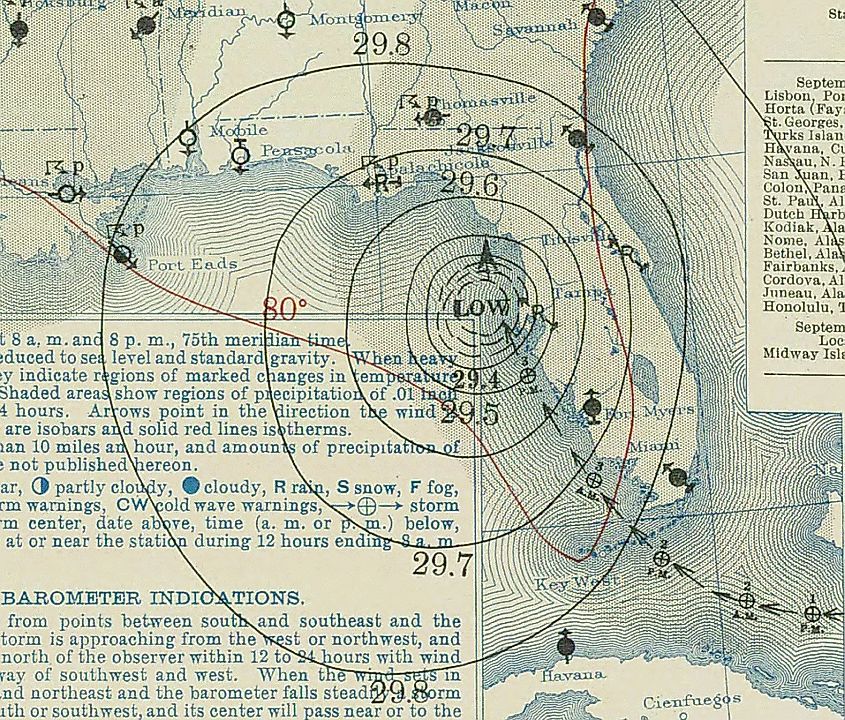
On September 2, 1935, a massive hurricane churned through the Florida Keys, packing winds of up to 185 miles per hour. The so-called Labor Day Hurricane caused widespread devastation, claiming the lives of at least 400 people, and causing millions of dollars in damage. In the aftermath of the storm, many people were left homeless and without basic necessities like food and water. It took months for the area to recover from the disaster.
The hurricane first made landfall near Islamorada in the Upper Keys on September 2. It then continued northwestward, slamming into Key West with full force. The storm surge was estimated to be 20 feet high in some areas, and it caused extensive flooding throughout the island. Winds were so strong that they uprooted trees and toppled buildings. Many structures were completely destroyed.
The hurricane caused widespread damage throughout the Florida Keys. The storm also caused severe damage to the Overseas Railroad, which was the only link between the Keys and the mainland at that time. The storm surge washed away large sections of track, and the winds downed numerous bridges.
The Labor Day hurricane was one of the most destructive hurricanes to ever hit Florida.
Hurricane Michael (2018)
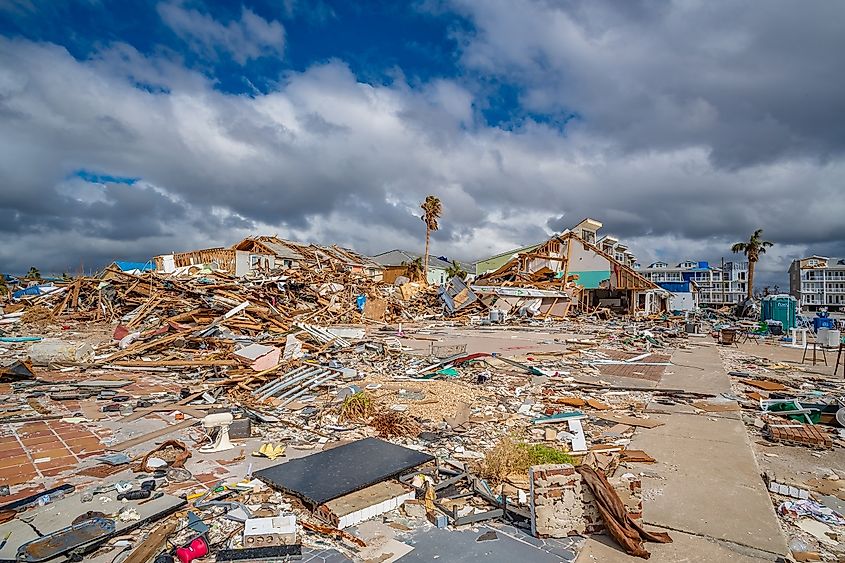
Hurricane Michael made landfall in the Florida Panhandle on October 10, 2018, as a powerful and destructive Category 5 hurricane. The storm caused widespread damage across the region, causing over $25.5 billion in damage, and killing at least 74 people.
Michael was the strongest hurricane to hit the continental United States in terms of wind speed since Hurricane Andrew in 1992 and was also the first Category 5 hurricane to make landfall in the Panhandle since records began in 1851.
Prior to making landfall, Michael rapidly intensified as it moved across the Gulf of Mexico, reaching peak winds of 166 mph. This made it the strongest tropical cyclone worldwide so far in 2018, as well as the third-strongest Atlantic hurricane ever recorded to make landfall in the United States in terms of wind speed.
The storm caused widespread damage across the Florida Panhandle and southeastern United States. In the Panhandle, Michael caused catastrophic damage, with entire neighborhoods completely flattened by the storm's winds. Many homes and businesses were left without power, and some areas are still without power months after the storm.
In addition to the damage caused by high winds, Michael also brought a massive storm surge to coastal areas which inundated communities and caused extensive flooding. Storm surge from Hurricane Michael was as high as 14 feet in some areas.
Michael was a devastating storm, and the damage it caused will be felt across the Florida Panhandle and the southeastern United States for years to come.
Hurricane Andrew (1992)
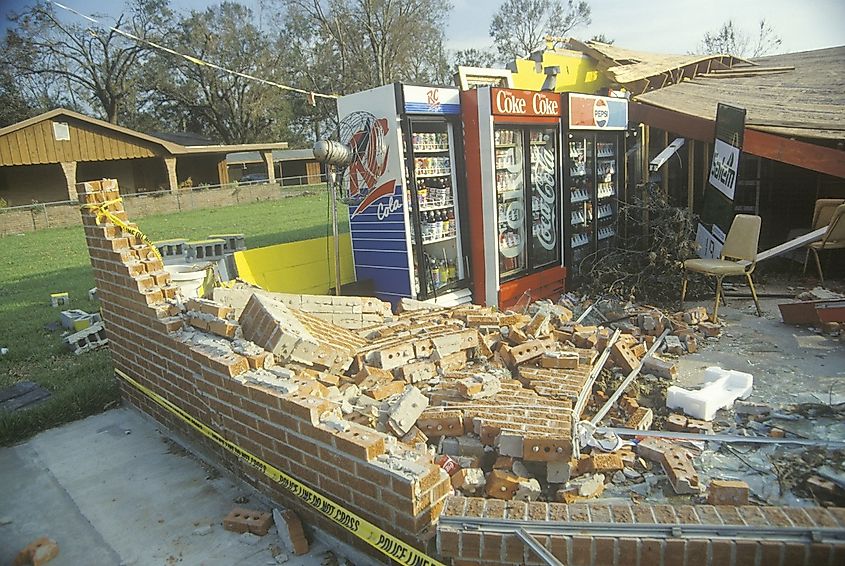
Andrew began as a tropical wave that emerged off the coast of Africa on August 14th. The wave moved westward across the Atlantic Ocean, and gradually developed an eye on August 22nd. As the storm moved westward towards the Bahamas, it began to rapidly intensify. On August 24th, Andrew reached hurricane strength as it made landfall in North Eleuthera Island in the Bahamas.
After moving through the Bahamas, Andrew turned northwest towards Florida. Hurricane Andrew remains one of the costliest hurricanes in U.S. history, causing an estimated $25.3 billion in damage when it struck South Florida on August 24, 1992. The powerful Category 5 storm produced wind gusts of up to 174 mph and left much of Miami-Dade County in ruins. More than 100,000 homes were destroyed or severely damaged, and more than 175,000 people were left homeless. Sadly, 65 people lost their lives as a direct result of the hurricane.
“Florida Keys” (1919)
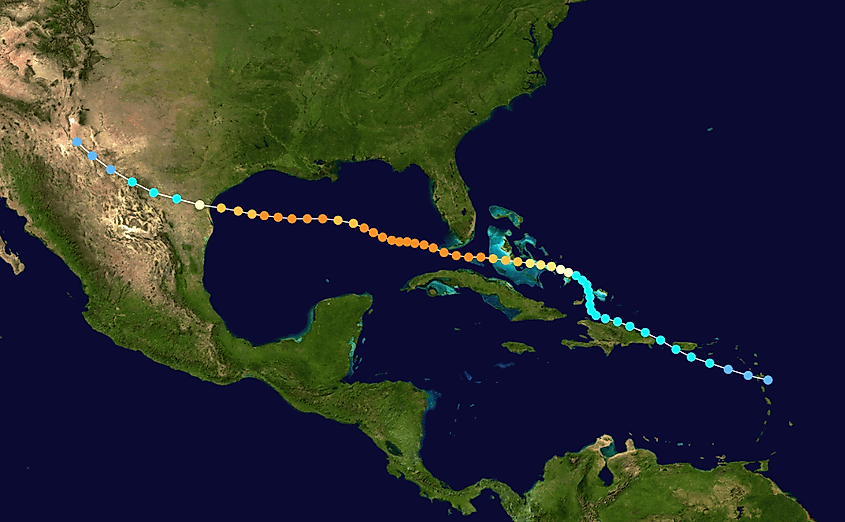
On September 10th, 1919, a Category 4 hurricane struck the Florida Keys, killing hundreds of people and causing massive damage. The storm surge from the hurricane was so powerful that it completely destroyed several islands, including Long Key which was completely submerged.
The death toll from the hurricane is estimated to be between 600 and 900 people, with most of the fatalities occurring due to a tornado that was formed thanks to the hurricane. Many of the bodies were never found and were likely swept out to sea by the storm surge. In addition to the human casualties, tens of thousands of animals were also killed in the storm.
The damage caused by the hurricane was estimated at $22 million dollars (equivalent to $372 million today), making it one of the costliest hurricanes in Florida’s history.
The 1919 Florida Keys hurricane was one of the deadliest and most destructive storms to ever hit the state of Florida, and its impact is still felt today.
“Okeechobee” (1928)
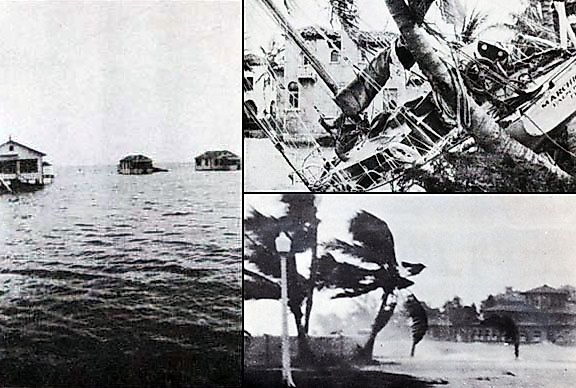
Florida is also home to some of the most destructive hurricanes in history. One such hurricane was the 1928 Okeechobee hurricane, which struck the state on September 17th.
The hurricane caused catastrophic damage throughout Florida, but especially in the Lake Okeechobee region. The storm surge from the hurricane inundated communities around the lake, causing severe flooding.
The storm surge from the hurricane was so powerful that it destroyed more than 1,700 houses in West Pam Beach alone and drowned 2,500 people in its path. The winds from the hurricane were so strong that they snapped trees in half and blew cars off the road. The rains from the storm caused flooding that covered entire neighborhoods. It took weeks for the water to recede, and when it did, the damage was widespread.
In recent years, scientists have studied the 1928 Okeechobee hurricane in order to better understand how these types of storms can form and how to predict their behavior. By understanding hurricanes like the 1928 Okeechobee hurricane, we can better protect communities in the future from the devastation they can cause.
Most Intense Hurricanes In Florida’s History
| Rank | System | Season | Estimated Casualties |
|---|---|---|---|
|
1 |
"Labor Day" |
1935 |
400 |
|
2 |
Michael |
2018 |
74 |
|
3 |
Andrew |
1992 |
65 |
|
4 |
"Florida Keys" |
1919 |
600-900 |
|
5 |
"Okeechobee" |
1928 |
2,500 |
|
6 |
"Great Miami" |
1926 |
372–539 |
|
7 |
Donna |
1960 |
438 |
|
8 |
Irma |
2017 |
134 |
|
9 |
"Florida" |
1948 |
13 |
|
10 |
Charley |
2004 |
35 |
In Summary
So, there you have it. The five worst hurricanes to ever hit Florida. These storms caused an incredible amount of damage and destruction, leaving many families homeless and countless people without power or supplies. Are you a Floridian who has been through one of these disasters? If so, we want to hear from you! Leave us a comment below and let us know your tips and tricks for dealing with hurricanes!











